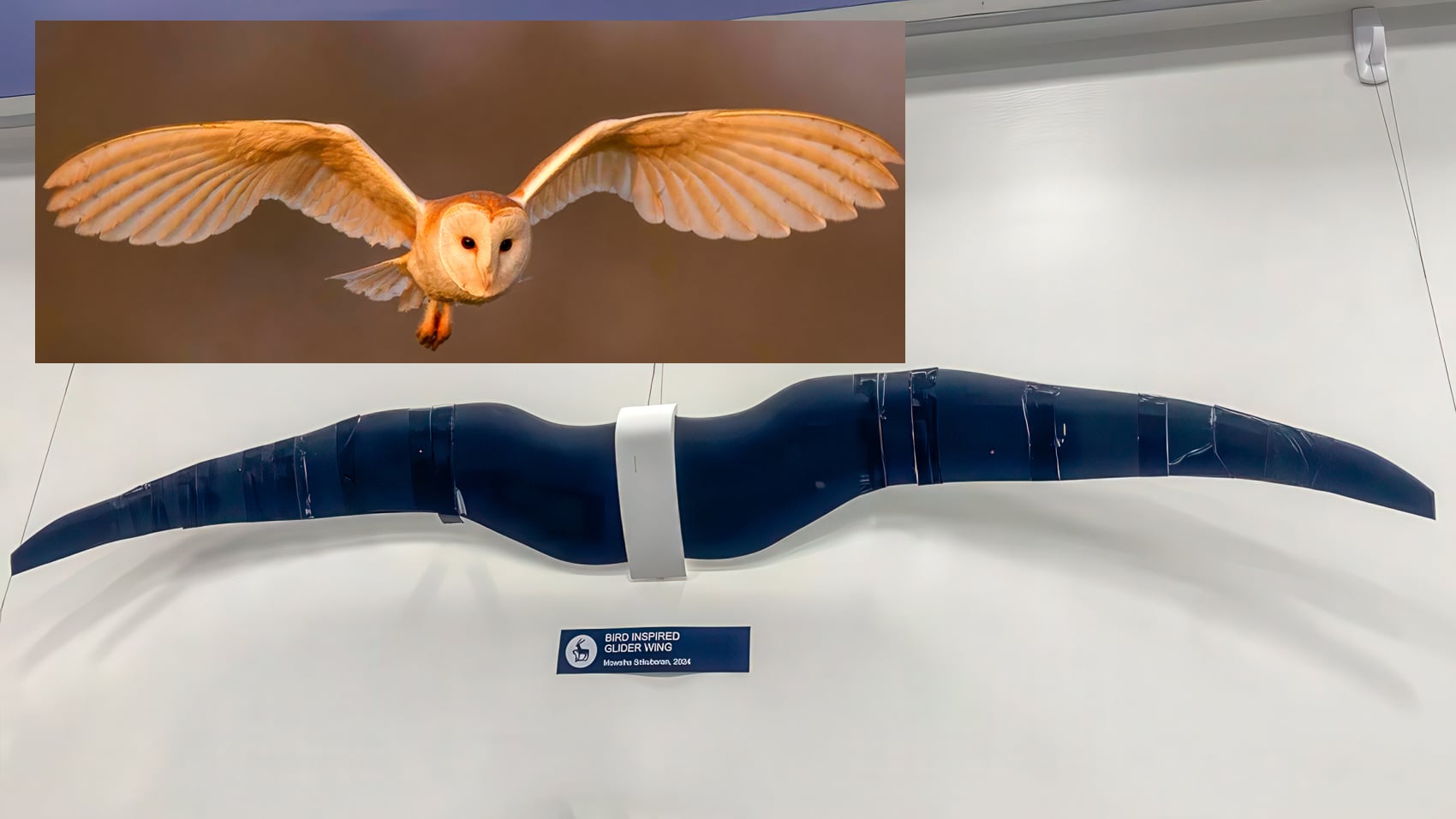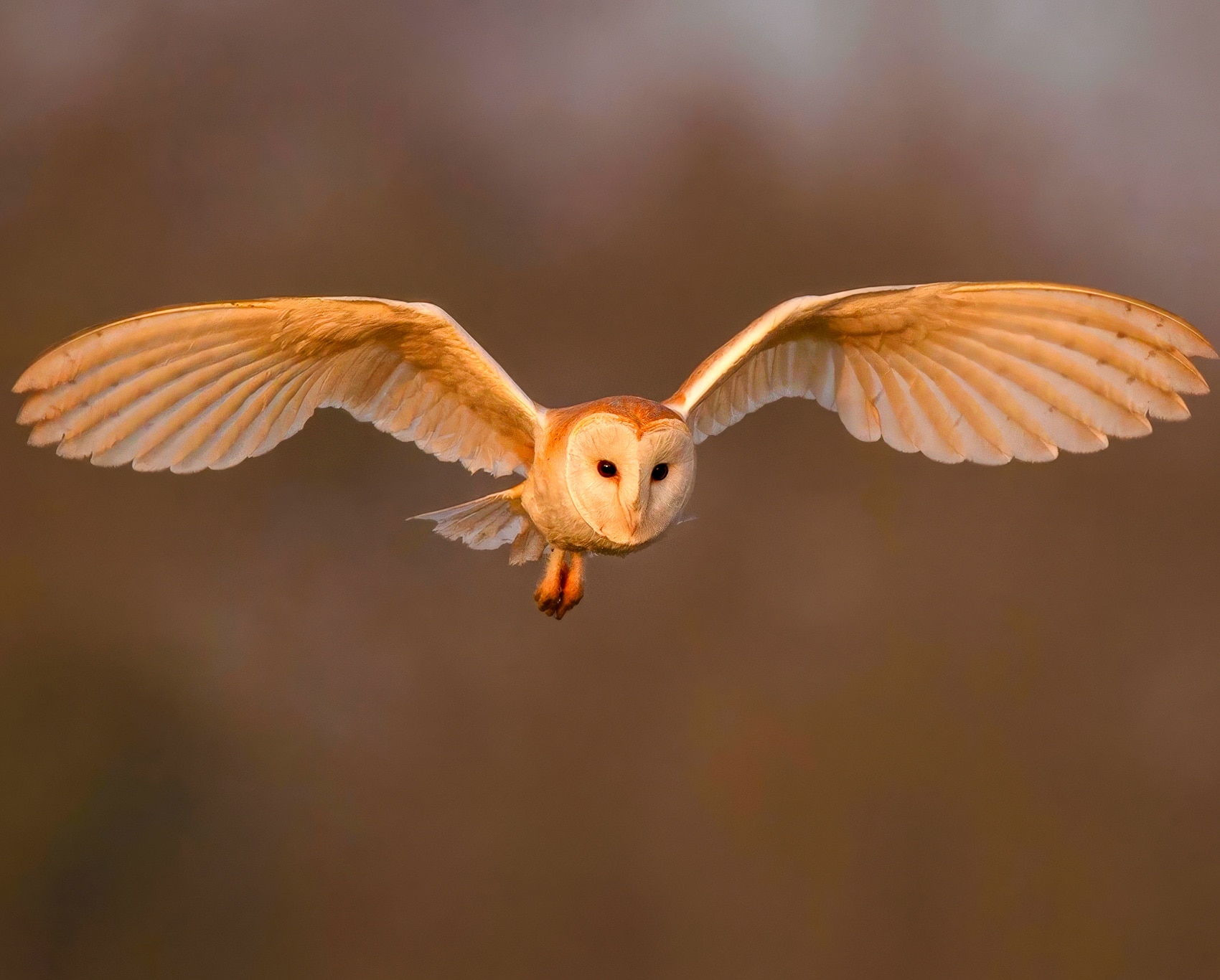Drone from Surrey University Learns to Fly Like an Owl

For millions of years, birds of prey have been the undisputed masters of the sky. An owl can silently weave through a dense forest, and a hawk can dive and perch on a branch in a fraction of a second. Now, a team of engineers is looking to these ancient predators to teach our modern drones some incredible new tricks.

At the University of Surrey, a new research project called Learning2Fly is underway, and its goal is to completely rethink how drones move. Instead of just adding more sensors and faster processors, they are going back to basics, studying the elegant and brutally efficient flight mechanics of raptors to build a more agile and adaptable drone.
Nature as the Ultimate Engineer
The core problem with most of our current drones is that they are, frankly, a bit clumsy. They rely on brute force from their propellers and complex computer systems to stay stable. This works fine in an open field, but in a chaotic city full of skyscrapers, narrow alleys, and sudden gusts of wind, they can struggle.
Dr. Olaf Marxen and his team in mechanical engineering are taking a different approach. They are building a drone designed to perch, maneuver through tight spaces, and handle unpredictable conditions just like a bird does.

They are drawing inspiration from the way an owl can adjust its wings and body on the fly or how a falcon can use its momentum to land precisely on a target.

It’s a field known as bio-inspiration, and it’s based on a simple, humbling idea: nature has already solved most of our toughest engineering problems.
Learning, Not Just Programming
One of the most fascinating aspects of the Learning2Fly project is how the team is teaching their drone. Instead of relying purely on computer simulations, which can often miss the chaotic variables of the real world, they are conducting physical experiments in the university’s advanced motion capture lab.
Think of it like a Hollywood movie set, but for drones. They have the drone perform complex maneuvers while cameras capture every tiny movement. This real-world data is then fed into a powerful machine learning model.
The AI’s job is to analyze all this information and start predicting how the drone will behave, learning from trial and error much like a living creature would. It’s a slow, meticulous process, but it allows the drone to develop a more intuitive and responsive way of flying, one that is based on experience rather than just rigid pre-programmed instructions.

Owen Wastell, a PhD student on the project, noted how humbling it is that even with all our technology, we are still looking to one of the oldest species on the planet for inspiration. It’s a powerful testament to the genius of evolution.
Why This Matters for Urban Environments
The ultimate goal of Learning2Fly is to create drones that can operate safely and effectively in our cities. Imagine a search and rescue drone that can fly into a partially collapsed building, perching on rubble to get a stable view without having to constantly hover and burn battery. Or a delivery drone that can navigate a windy “urban canyon” between tall buildings as gracefully as a pigeon.
By mimicking birds, these future drones could be more energy-efficient, quieter, and far more capable of handling the challenges of an urban environment. They could perch on ledges to save power, use short bursts of flight to move between points, and react to sudden wind changes with the same instinctual grace as a raptor. This project isn’t just about making a cooler drone; it’s about making them a truly viable and integrated part of our smart cities.
DroneXL’s Take
As a professional who uses drones for capturing cinematic video, this project from the University of Surrey is genuinely exciting. We spend so much of our time fighting with our equipment to get smooth, stable shots in challenging conditions. The idea of a drone that moves with the organic, intuitive grace of a bird is, to be honest, the holy grail.
What I find most compelling is the shift in philosophy. For years, the drone industry has been in a tech arms race focused on more—more rotors, more sensors, more power, more automation. This project is about being smarter, not just stronger. It’s a return to fundamentals. It acknowledges that a bird’s wing, perfected over millions of years, is still a far more sophisticated piece of engineering than our best propellers.
It’s a humbling thought, but also an incredibly inspiring one. It suggests that the future of drone technology might not look like the rigid, quadcopter shape we’re used to. It might be softer, more flexible, and more adaptable. We, as droners, are essentially trying to become masters of the air, but the birds have always held that title. It only makes sense that we should finally start taking lessons from the true professionals. This is a project to watch, because it might just be showing us the next great leap in the evolution of flight.
Photographs courtesy of University of Surrey and Birds of Prey
Discover more from DroneXL.co
Subscribe to get the latest posts sent to your email.
Check out our Classic Line of T-Shirts, Polos, Hoodies and more in our new store today!

MAKE YOUR VOICE HEARD
Proposed legislation threatens your ability to use drones for fun, work, and safety. The Drone Advocacy Alliance is fighting to ensure your voice is heard in these critical policy discussions.Join us and tell your elected officials to protect your right to fly.
Get your Part 107 Certificate
Pass the Part 107 test and take to the skies with the Pilot Institute. We have helped thousands of people become airplane and commercial drone pilots. Our courses are designed by industry experts to help you pass FAA tests and achieve your dreams.

Copyright © DroneXL.co 2025. All rights reserved. The content, images, and intellectual property on this website are protected by copyright law. Reproduction or distribution of any material without prior written permission from DroneXL.co is strictly prohibited. For permissions and inquiries, please contact us first. DroneXL.co is a proud partner of the Drone Advocacy Alliance. Be sure to check out DroneXL's sister site, EVXL.co, for all the latest news on electric vehicles.
FTC: DroneXL.co is an Amazon Associate and uses affiliate links that can generate income from qualifying purchases. We do not sell, share, rent out, or spam your email.


















